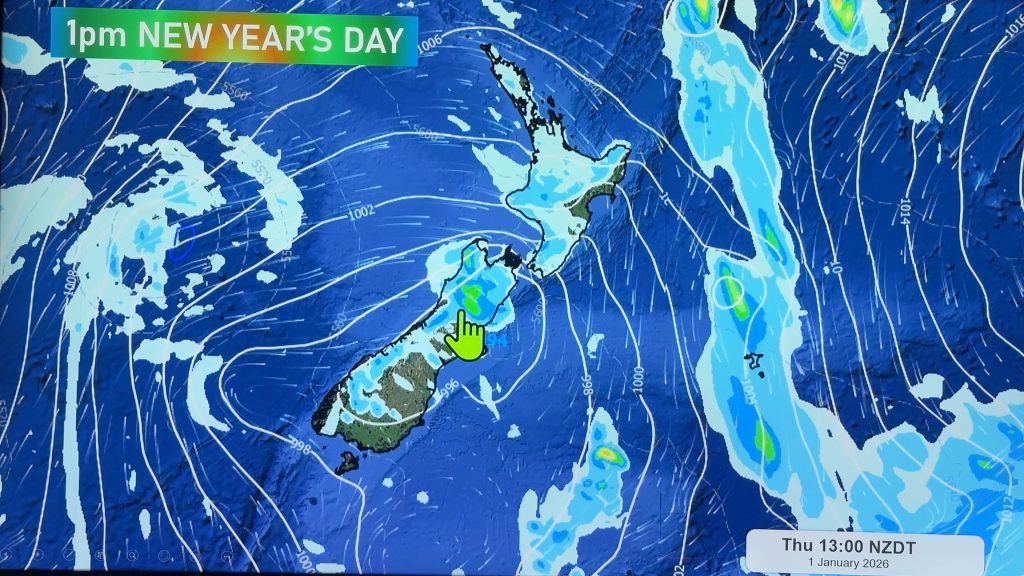
> From the WeatherWatch archives
In some places in the Haitian capital, it’s difficult to imagine a year has passed since a massive earthquake wrought unfathomable destruction and misery. The evidence still lies in heaps of rubble and in the words of people — almost everyone can tell a story of survival.
On the first anniversary of that wretched day, CNN returned to places that became iconic images of Haiti’s horror to see what had changed, and what had not.
The sun is rising in a cotton candy sky when the people begin to come.
They stop by the crucifix still standing near what used to be the main entrance. They raise their arms, make the sign of the cross, clutch the remnants of the cast iron fence.
Before them lies a carcass of a cathedral.
Since “the catastrophe,” the faithful continue to worship in front of Cathedrale Notre Dame de L’Assomption.
In one year, it has not changed: Mounds of pink and cream-colored concrete contain twisted steel rods, jutting out here and there like medieval weapons. Shards of red carpet and shattered stained glass lie strewn about the rubble. Plastic flowers. Even a porcelain bathroom sink. The roof collapsed completely, letting sun and rain take its toll on the sanctuary.
What took 30 years to build came tumbling down in 35 terrifying seconds.
The house of God is gone. But not faith.
On every Sunday since “the catastrophe,” the congregation has amassed in front of their beloved Cathedrale Notre Dame de L’Assomption. Some bring plastic or folding wooden chairs; there is no place to sit. Others bring umbrellas; there is no roof for shelter.
Among them is Pierre Richard Vinson, 54.
On January 12, when he looked up from what was left of his home, he could no longer see the dome of the cathedral. The next day, he came here and cried.
He had attended mass at the cathedral since he was a little boy. After the earthquake, after he lost his house, lost his job, lost every remnant of his life, he heard others say: This is what God did.
He, too, thought at first that perhaps this was God’s wrath. How could God let his people, who have already endured so much, suffer like this?
But as the months wore on, he looked inward for strength. He began stopping at the cathedral every morning, before he headed downtown where he earns a few dollars every now and then negotiating deals for people looking for auto parts.
At home, he has six children to feed.
“Dear God,” he prays here every day. “Forgive me for my sins. I am your son. After all that happened, you gave me my life, you gave me my health.”
Vinson says this is the only place in Port-au-Prince where he feels calm.
Father Glandas Toussaint echoes Vincent’s sentiment to the people who have gathered on this Sunday morning.
Forget your suffering while you are here, says the priest, his voice booming through loudspeakers set up in the park in front of the cathedral’s rubble.
“We will be happy.”
Comments
Before you add a new comment, take note this story was published on 7 Jan 2011.





Add new comment